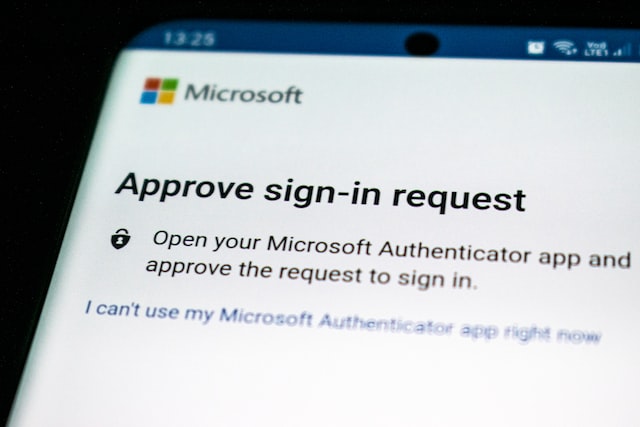MFA, or Multi-Factor Authentication, adds extra security measures beyond regular login credentials for authorization. During login, employees enter their username and password and then must clear a second level of authentication. This could be a randomly generated passcode or a retina scan, among other options. Techniques for MFA are categorized into three types: something the user knows, something they have, or something they are. For optimal security, it is recommended to use authentication from different categories at each step of the process.
MFA (Multi-Factor Authentication) is no longer just a suggestion for businesses. It is now a requirement for complying with the Payment Card Industry (PCI) Data Security Standard. This standard mandates the use of MFA for all remote network access from outside the network to the Card Data Environment (CDE) and for all administrative access.
The Federal Financial Institutions Examination Council has been promoting the use of multi-factors for accessing online financial information since 2005.
Difference between MFA and Two-Factor Authentication
Multi-factor authentication (MFA) is a process that requires a user to provide two or more forms of evidence for authentication purposes. The goal is to enhance security by adding extra authentication factors. MFA provides several advantages for businesses implementing it in their authentication approach. The three main types of authentication factors used are:
- Knowledge-based, such as a password or answer to a security question.
- Possession-based, such as a security key or token.
- Inherence-based, such as a unique biometric or behavioral trait.
Two-factor authentication (2FA), also known as 2-step verification, is a security measure that requires users to provide two forms of authentication to access an account.
MFA vs. 2FA: What is the Difference?
Two-factor authentication (2FA) requires two types of authentication, while multi-factor authentication (MFA) requires at least two or more types of authentication. All 2FA is MFA, but not all MFA is 2FA.
Which one s More Secure?
2FA or MFA?” Both 2FA and MFA add security beyond a username and password, but the level of security depends on the authentication methods used. In general, both MFA and 2FA are stronger than single-factor authentication, but the overall security of MFA is determined by the authentication methods selected.
The security of MFA depends on the authentication methods chosen. Even with a layered approach, low-security methods can still lower overall security. For example, using password (knowledge), OTP (possession), and FaceID (inherence) is more secure than just a password, but both passwords and OTPs are weak.
2FA using recognition signals, like location behavior (inherence) and mobile push (possession), can be more secure than MFA with three factors. The strength of multi-factor authentication depends on the methods used. Mobile recognition signals offer the potential for stronger MFA authentication methods.
In conclusion
Multi-factor authentication (MFA) and two-factor authentication (TFA) both provide valuable security benefits in protecting against unauthorized access to accounts. While TFA adds an extra layer of protection with a second authentication factor, MFA provides a more comprehensive approach by combining multiple factors. The choice between the two will depend on the level of security required and the potential risks. Ultimately, implementing any form of authentication beyond just a password is a step in the right direction toward safeguarding sensitive information.



